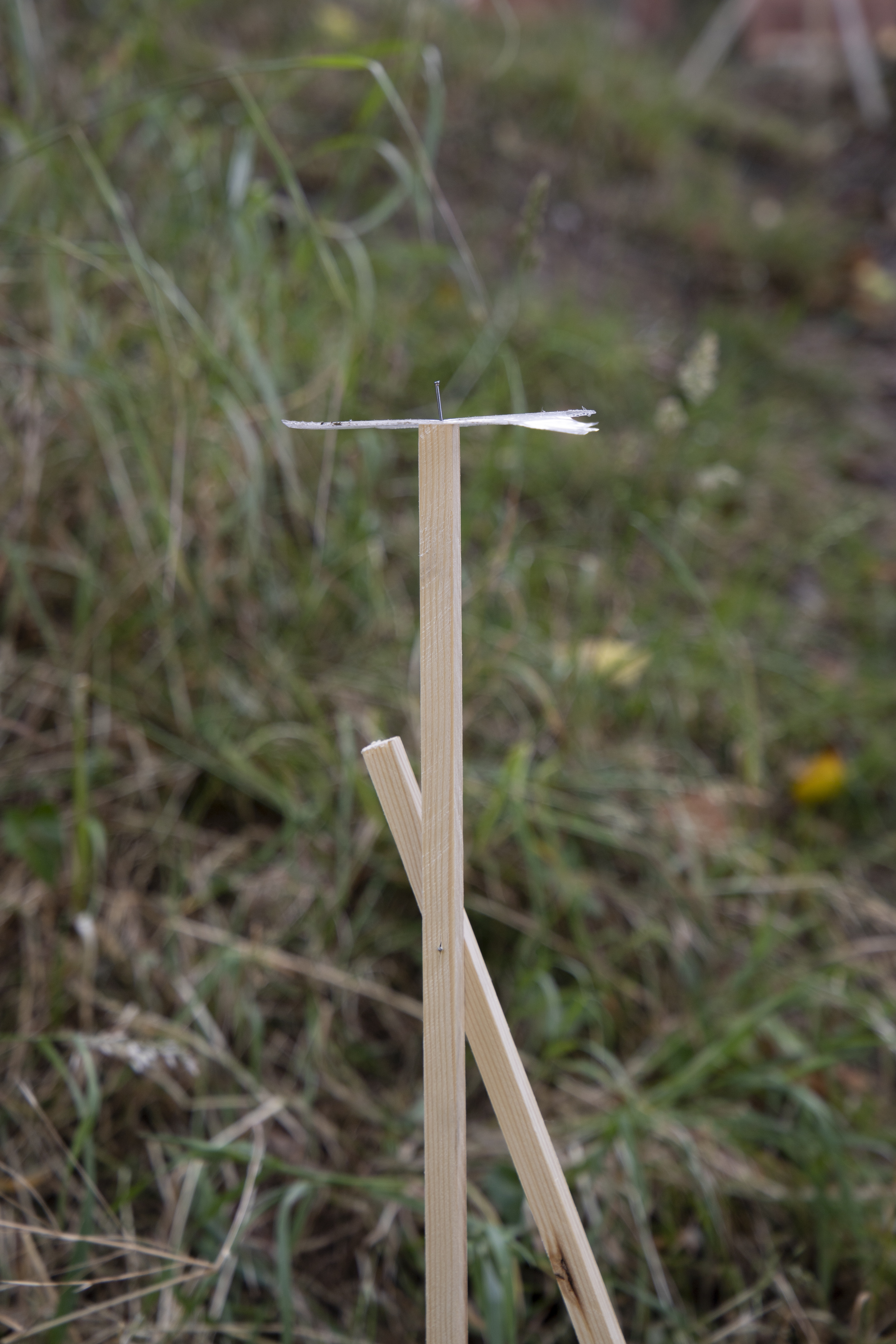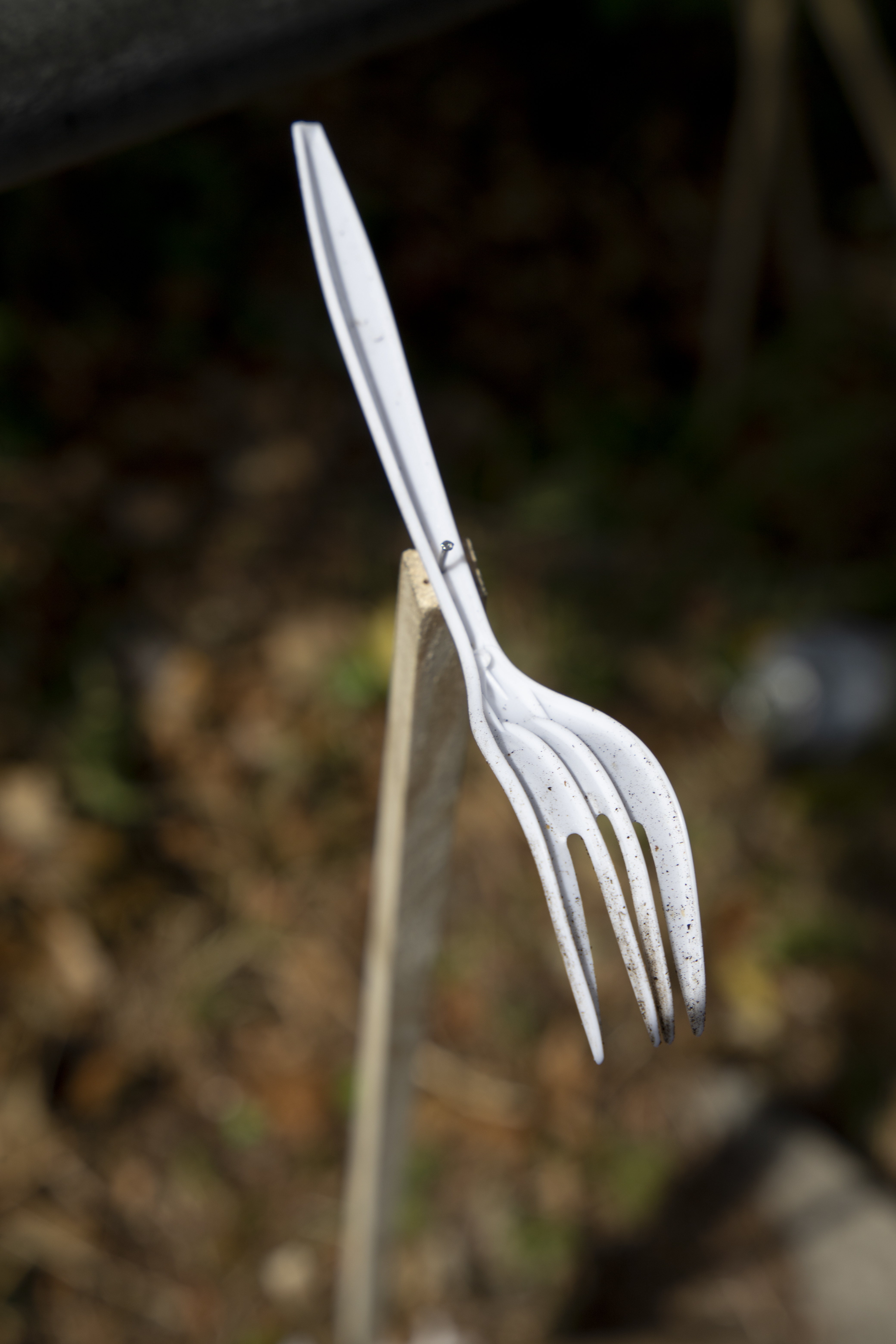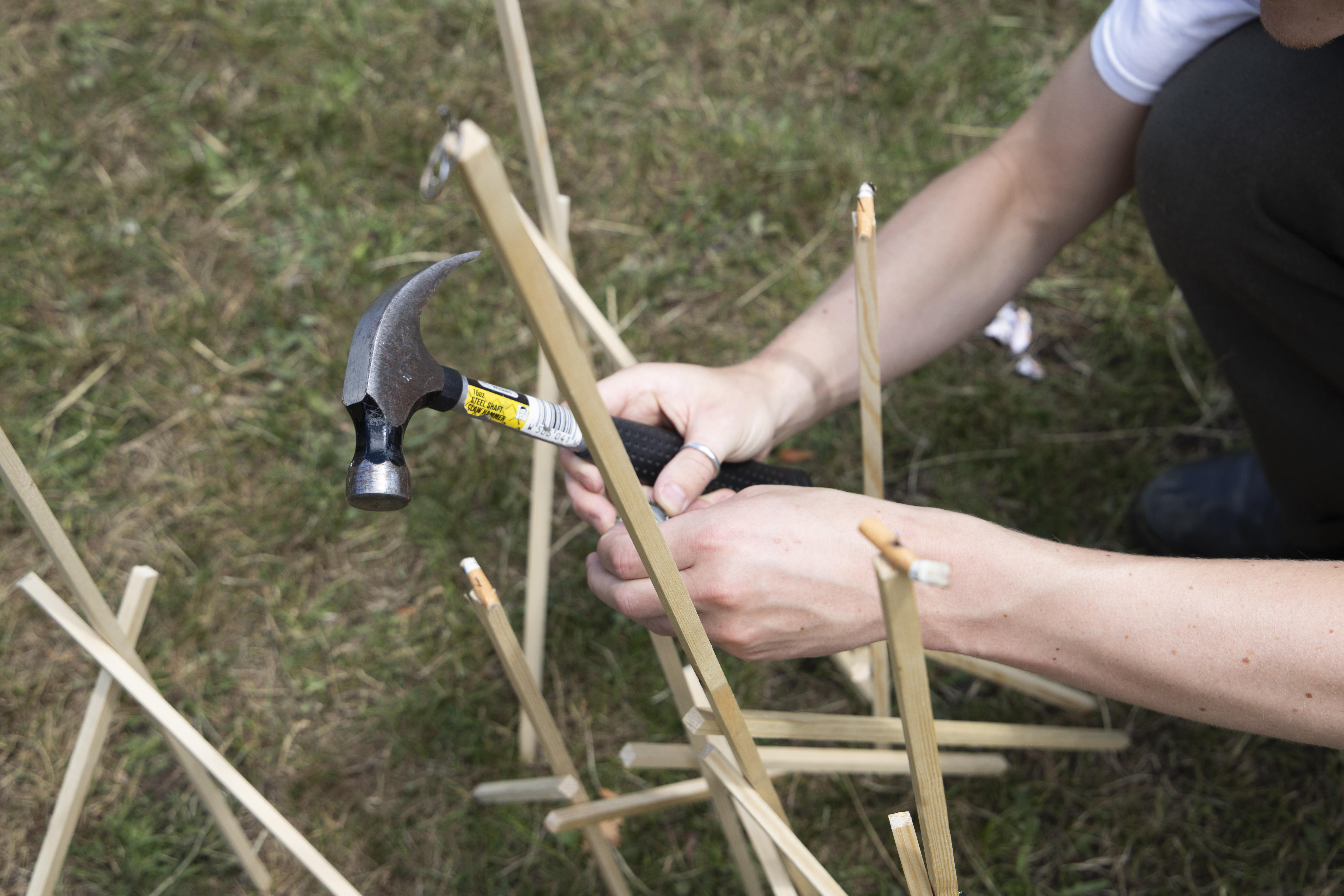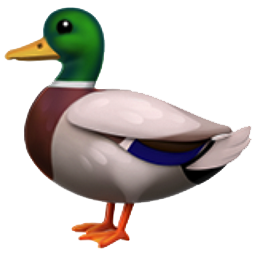Litter has become an unavoidable part of us and our environment. Walking through your local high street you will see; hundreds of cigarette butts acting as monuments to social interactions, chewing gum, gripping to the pavement and wrappers, dancing in the wind. We know that this is damaging to the environment, so, why do we often step over it? Waste plays a significant part in our everyday activities, documenting our habits, lifestyles, sociality, cleanliness, tastes and personalities. It’s linked to what you’ve bought, eaten, ordered, worn and thought. Subsequently becoming ingrained within our habitual behaviour. Yet, we all too easily disassociate this waste from ourselves. This dynamic relationship with our waste is due to our constantly shifting value towards it. After purchasing an item, a receipt can hold a lot of value in the first few days of a purchase in the off-chase you return it. But, if you don’t intend to return this object, the receipt instantly looses all value.
A pack of chewing gum in your pocket, that you longed to have for days, becomes obsolete once finished. This shift in value and lack of sentimentalism towards waste allows it to become litter and has a knock-on effect on many of the things we do care for, such as the environment. With more than 4.5 trillion cigarette butts dropped each year, litter is undeniably part of our environment. Yet, we don’t see it. We have climatized to the sight of unnatural materials in our view of our surroundings. We will walk over wrappers or stamp out cigarettes without a thought. As soon as litter leaves our hands, we experience a shift of agency. We think it’s no longer our responsibility, but it is. We lead ourselves to believe that our one small piece of litter won’t make a difference, but it does.








